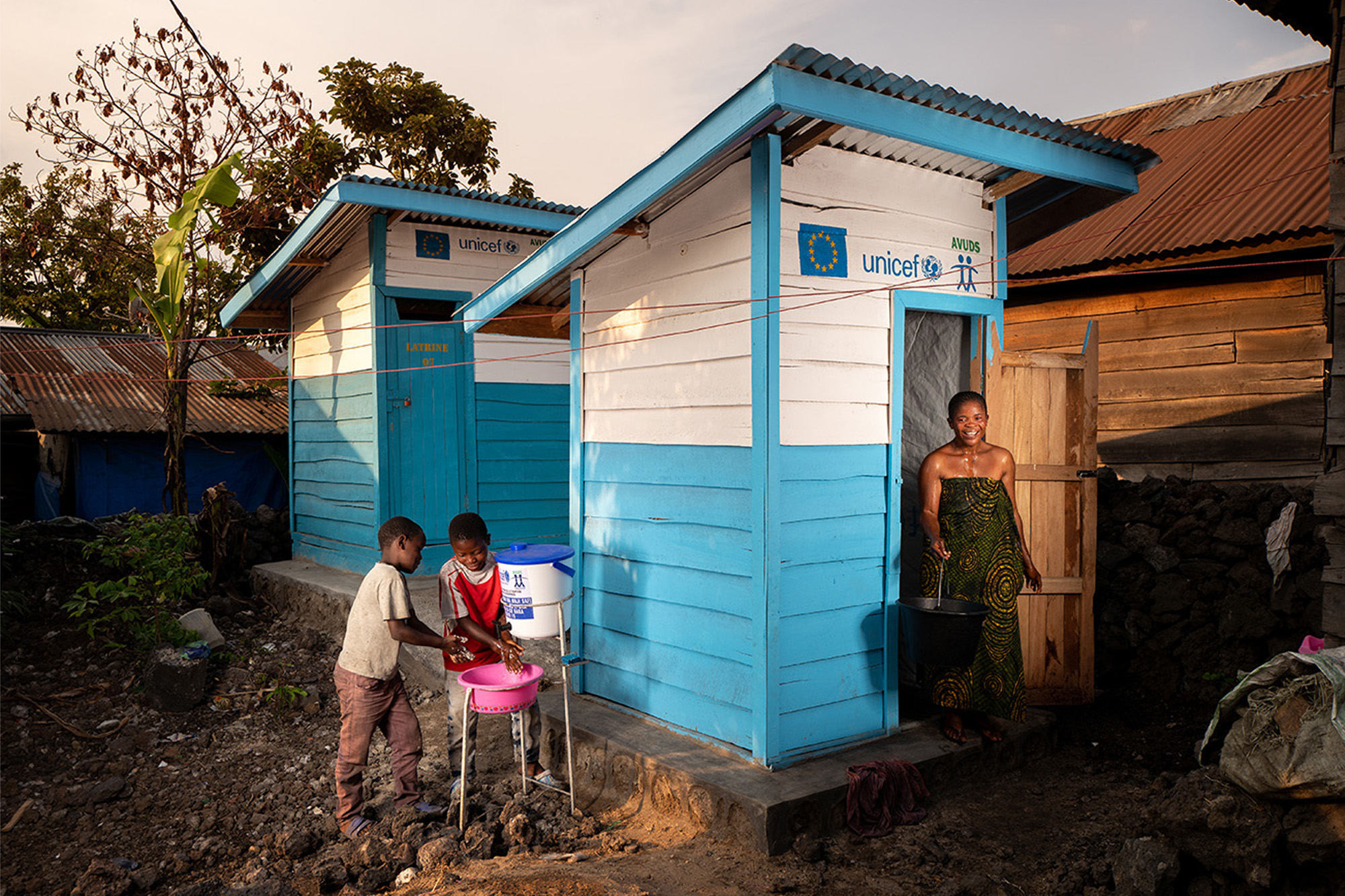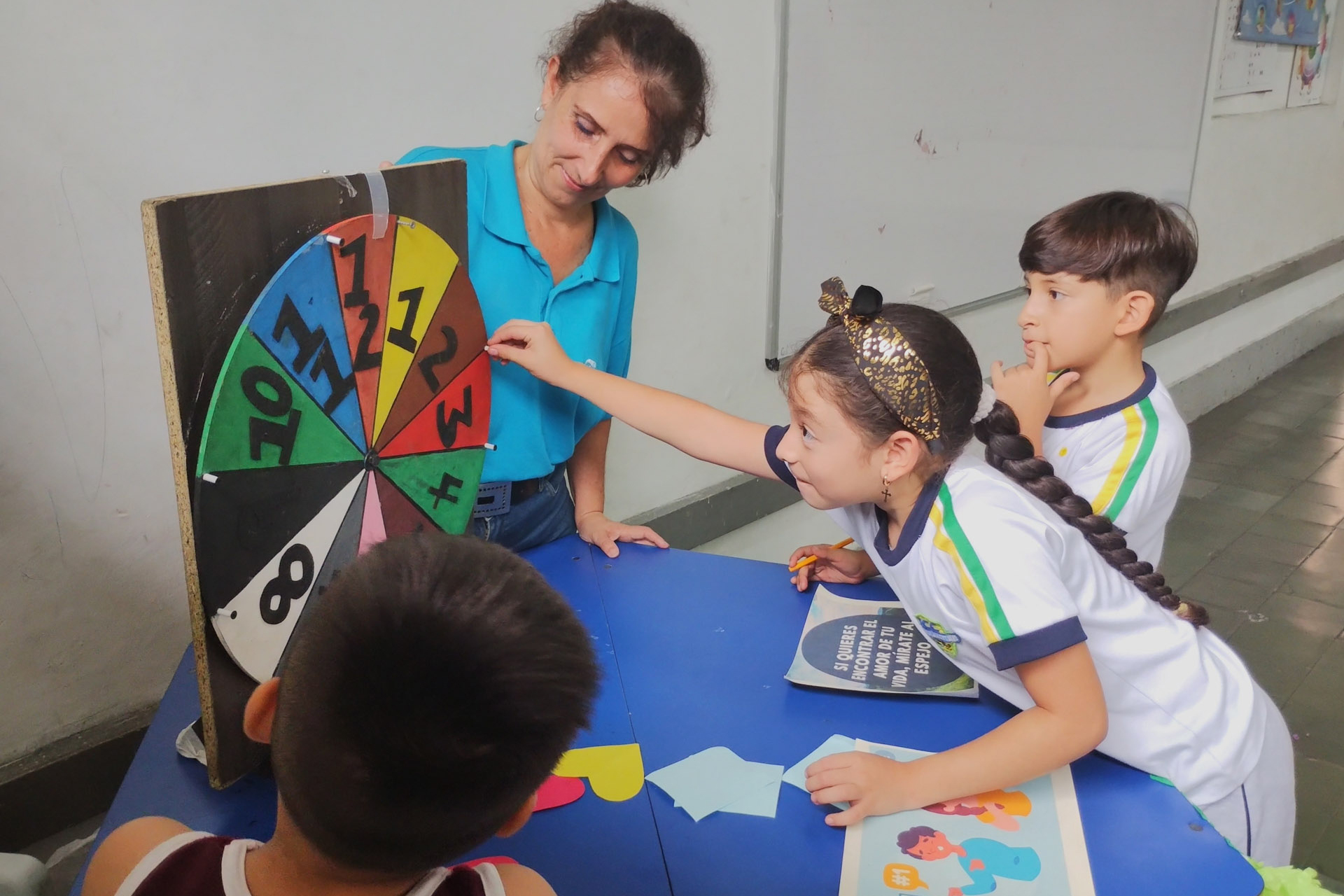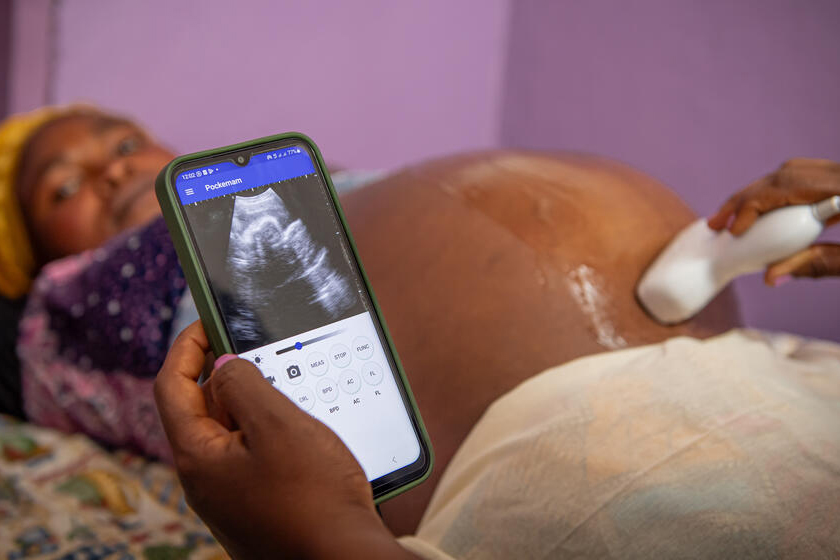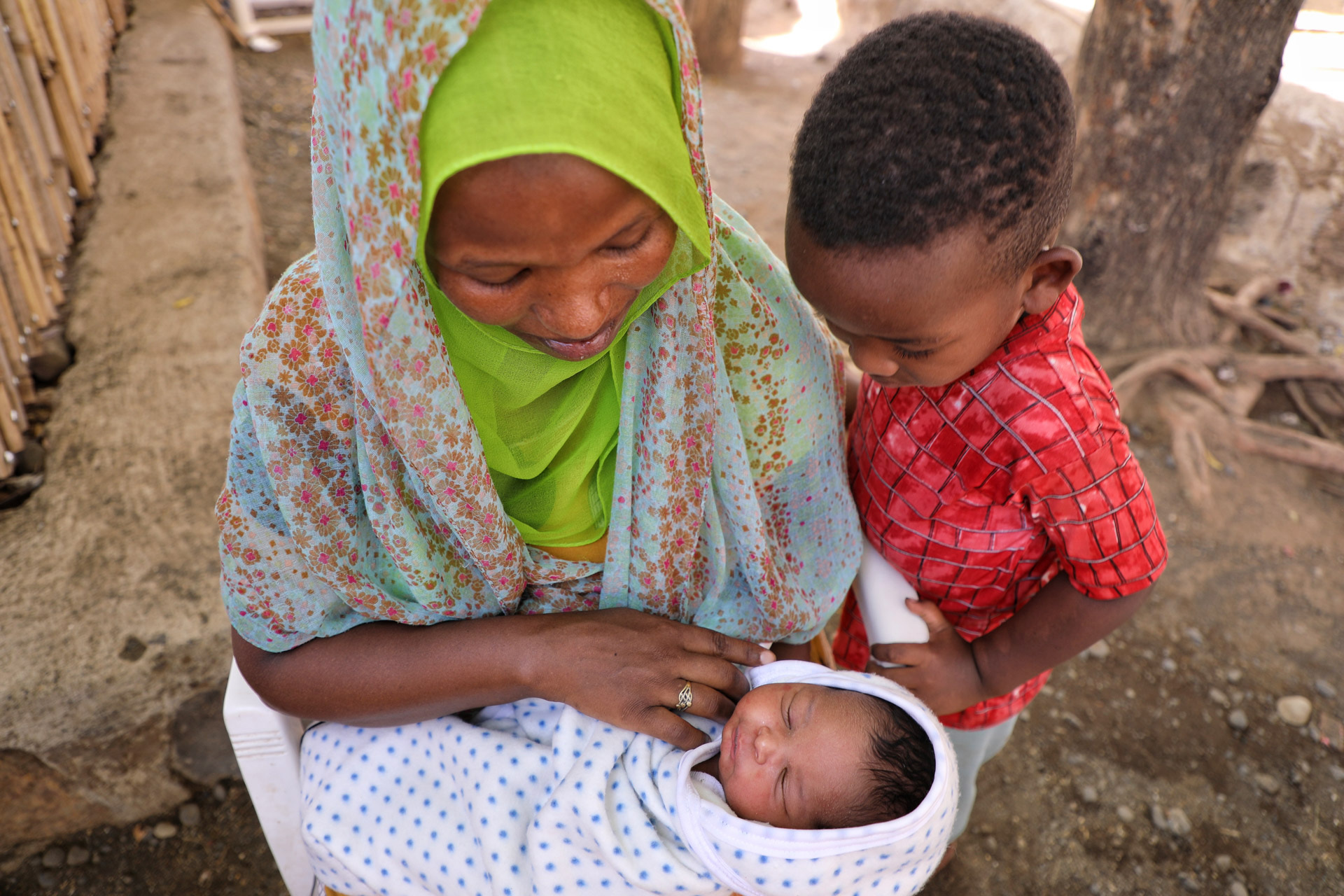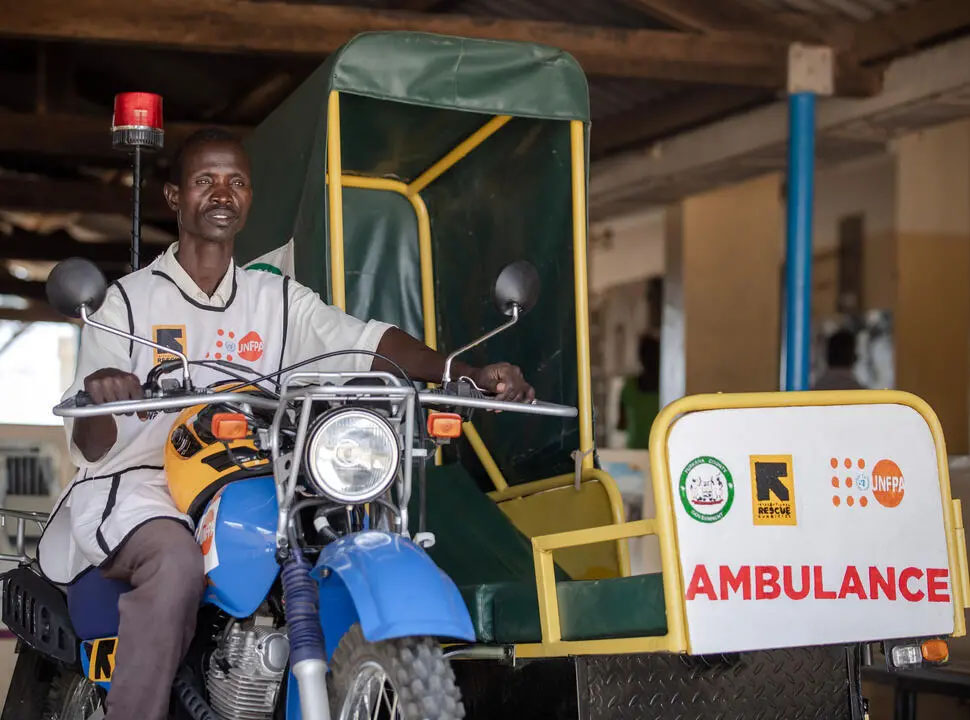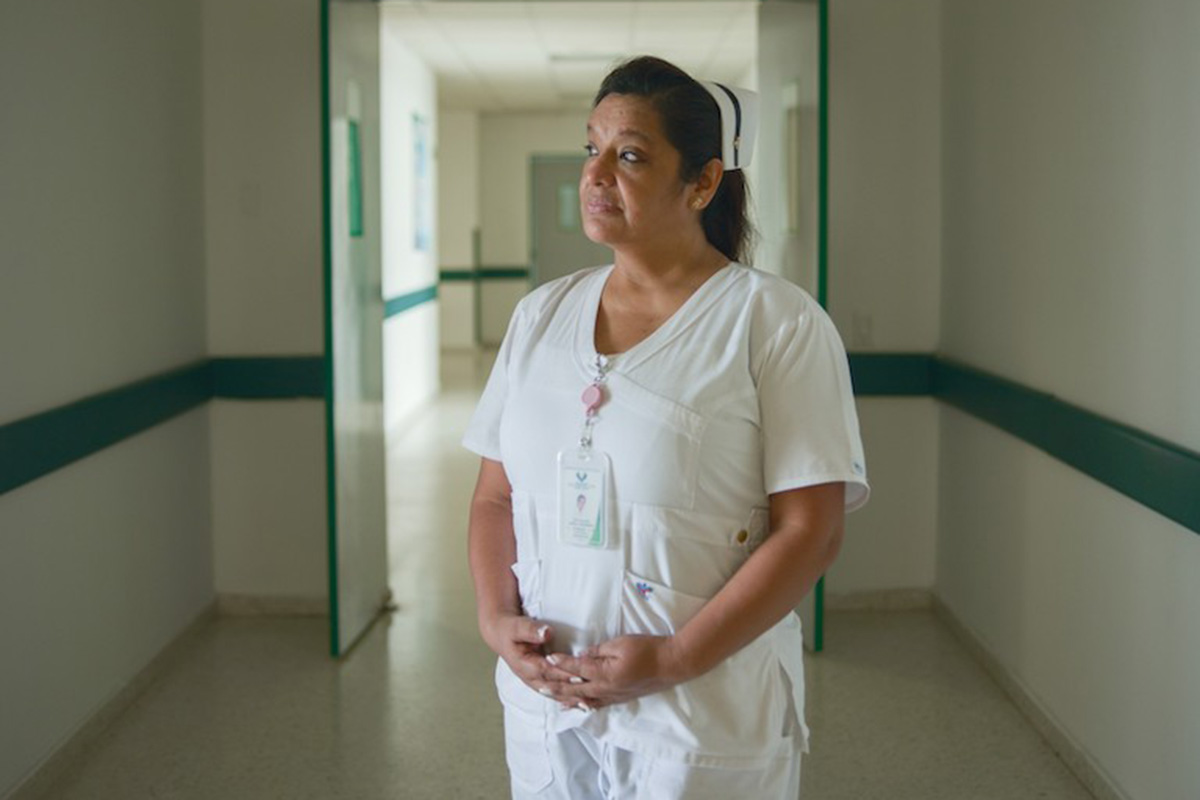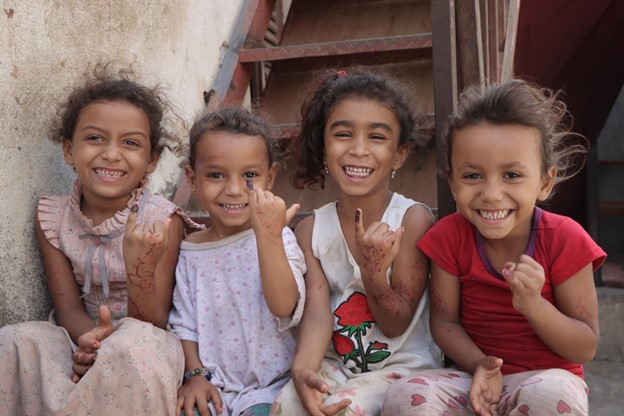Toilets are a foundation stone of public health and play a critical role in protecting the environment. However, we are currently falling behind on our goal of providing safe toilets for all by 2030, with 3.5 billion people still lacking access. The world needs to work five times faster on average to meet this target on time. The World Toilet Day 2023 campaign (19 November) urges people to be like a hummingbird, the symbol of this year, and take simple but mighty steps to accelerate the change towards improved sanitation for all. What can you do? Choose your favorite action.
Health Interventions
Filmmaker Bisan Ouda shows you inside the Al-Shifa Hospital in Gaza and hear from health workers in dire need of life-saving medicines and supplies.
With bombs raining down on hospitals and United Nations shelters, the people of #Gaza have nowhere safe to go. In Gaza, 50,000 women are currently pregnant. Almost 160 women will give birth every day amid the violence. UNFPA, the United Nations sexual and reproductive health agency, calls for an immediate humanitarian ceasefire.
Nunzia is convinced everyone should be well-informed about mental health, having migrated two years ago from Venezuela with her daughter, hopeful that they would start a new fulfilling life in Colombia. Lack of jobs and ending up in the streets dealt her daughter a hard blow and Nunzia witnessed her go through mental health problems. Facilitated by Mental Hospital of Antioquia and through telemedicine by IOM, her daughter was able to access much needed health care. Nunzia was introduced to the Community Health Network and today, as a community leader, she passionately promotes the mental health and psychosocial well-being of refugees, migrants, and members of host communities.
Portable ultrasound machines are bridging a dangerous gap in maternal health care in the Democratic Republic of Congo.
Rahama looked through the window, amid a raging armed conflict in the Sudanese capital of Khartoum, and all she saw was smoke and guns firing in from every direction. She feared for her family and her unborn third child. Going back home to Ethiopia offered better survival chances for the entire family. She had a successful delivery soon after arriving in Metema facilitated by IOM and its partners. IOM’s Migration Response centers have provided life-saving services including health screening, protection services and provision of water and sanitation facilities to families escaping the conflict in Sudan.
WHO's presents Jonathan's Miracle Feet through The Health for All Film Festival which is an initiative to connect people joining the movement for health promotion through films.
The devastating Türkiye earthquake left pregnant women and new mothers in crisis. UNFPA has been on the ground from day one, coordinating with partners to reestablish sexual and reproductive health and protection services in Syria and Türkiye.
UNFPA is providing vital maternal health care to ensure women give birth safely as maternity hospitals in Syria are under immense strain after the recent earthquakes.
For the women and girls who are living amid the Horn of Africa crisis, there are increased risks. Cases of child and forced marriage, female genital mutilation, rape, and other forms of violence have all risen sharply. UNFPA provides medical personnel and supports a range of mobile services and initiatives to reach people, such as this motorcycle ambulance, driven by Mark, who transports women to deliver safely. With increased support from the international community, UNFPA can do more for women to protect them from violence and provide access to medical interventions.
Health systems and communities are falling short in ending obstetric fistula. Gender discrimination and social marginalization create additional risks, resulting in fistula disproportionately occurring among impoverished, underserved and marginalized women and girls. UNFPA leads the global Campaign to End Fistula, a drive to transform the lives of vulnerable women and girls. The 20-year-old campaign represents a global commitment to fistula prevention and holistic treatment, including surgical repair and social reintegration and rehabilitation.
Every year, millions of children die from causes that are preventable and treatable. Every year, millions of children die from causes that are preventable and treatable. Service disruptions, economic chaos, conflict, and overburdened health systems have threatened a devastating rise in preventable child deaths. Protected from disease, these children have the opportunity to thrive, the chance to learn and the ability to live healthy lives. UNICEF’s mission is to reach every single child with life-saving vaccines.
Ours is a world of hope and possibility, a world where the human family is larger than ever before. 8 Billion strong. UNFPA highlights why it's making a case for reproductive rights and choices.
Katia’s son Myron was born under two lamps powered by a generator provided by UNICEF. Ukraine unstable situation presents an anxious moment for pregnant women. Constant blackouts means hospitals are not equipped to handle emergency conditions for mothers in labor. UNICEF and partners are working to expand programmes to save the lives of children and their families in Ukraine. In addition to items, such as clothing, boots, and blankets, they are providing about 300 generators to children's hospitals, maternity hospitals and other medical facilities.
Smallpox was one of the most devastating diseases known to humanity and caused millions of deaths before it was eradicated. It is believed to have existed for at least 3000 years. The first successful vaccine was developed in 1796. In 1967, widespread immunization and surveillance were conducted around the world for several years. In 1980 WHO declared smallpox eradicated.

